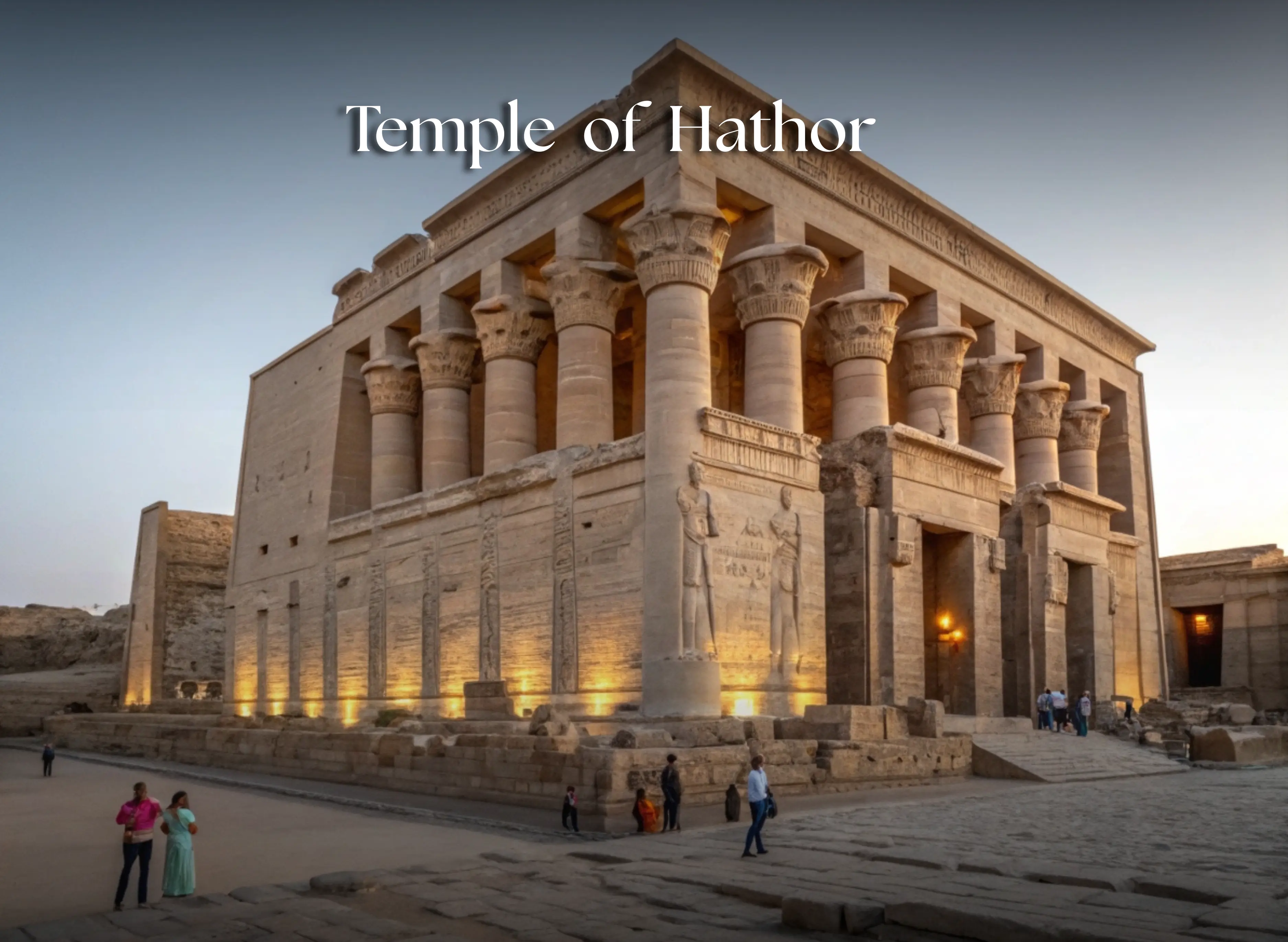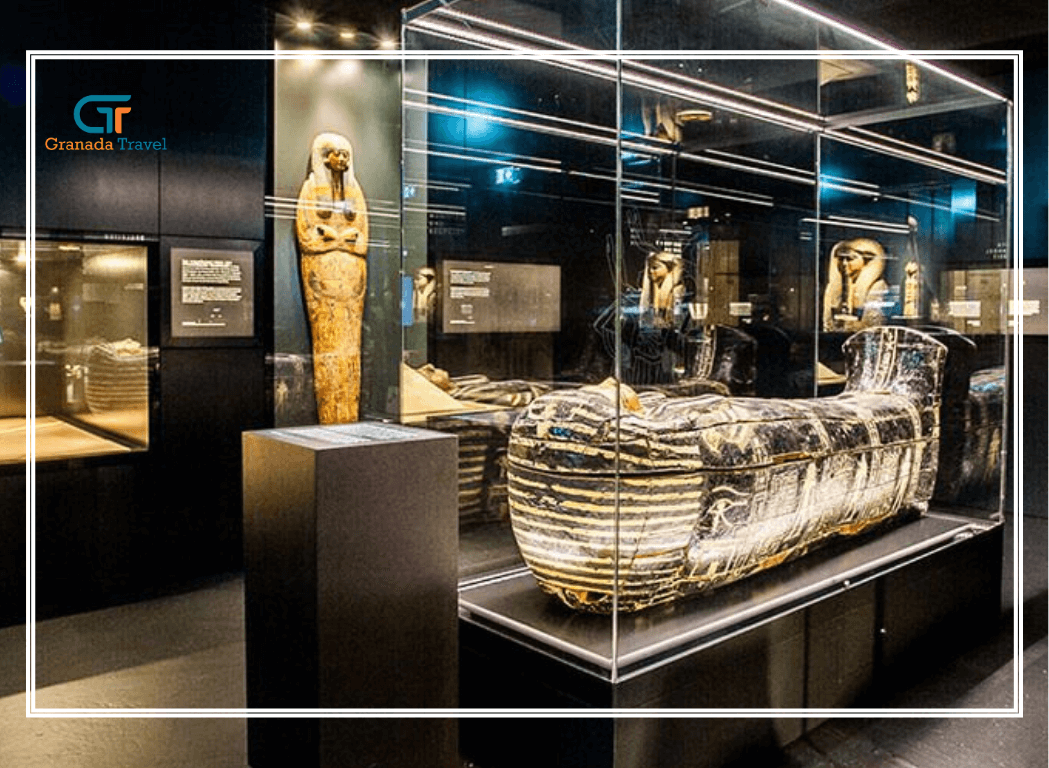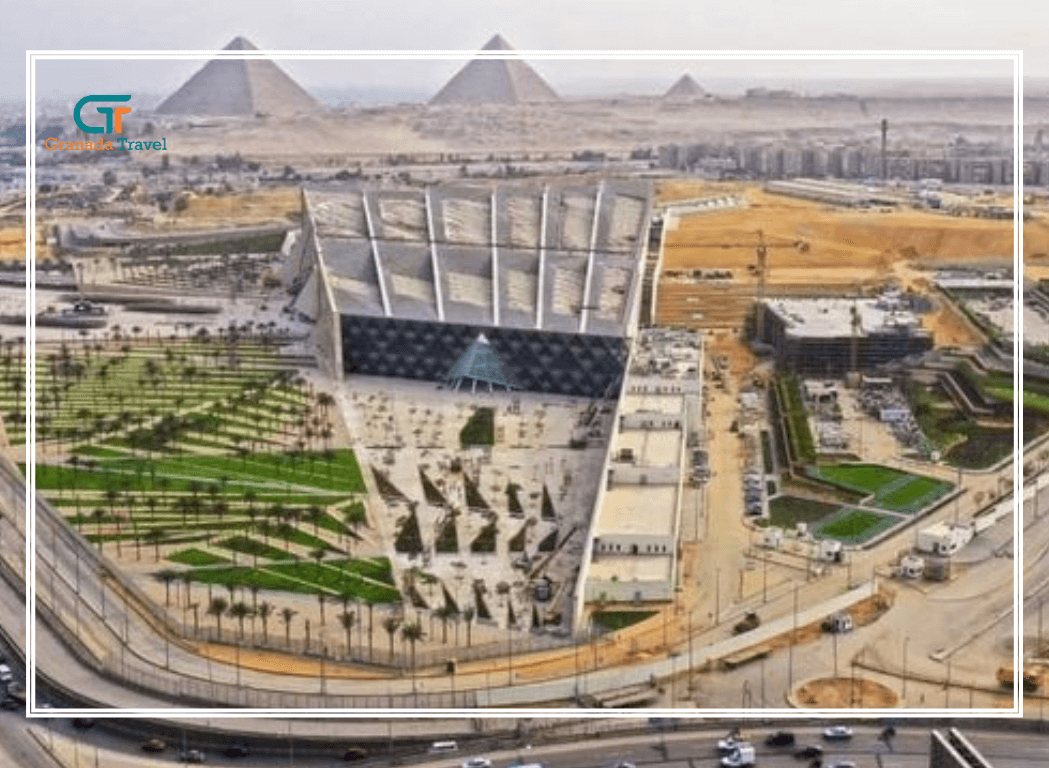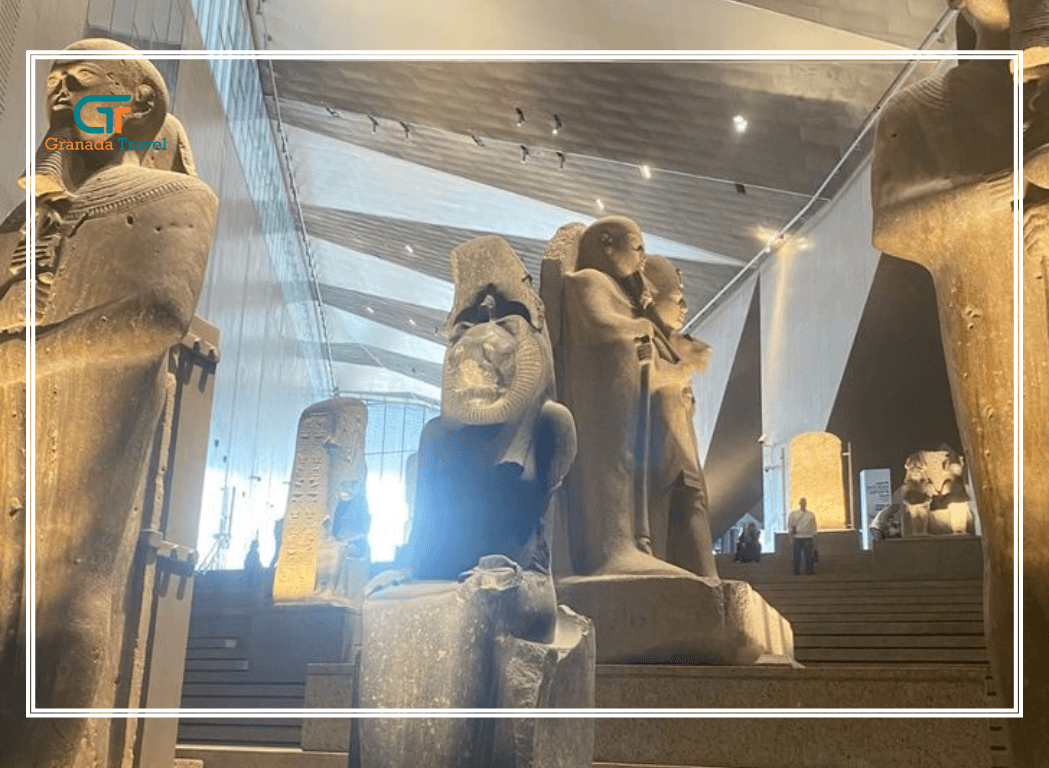
Exploring the Magnificent Temple of Hathor in Egypt
The Temple of Hathor in Egypt is one of the most well-preserved and stunning ancient temples, dedicated to the goddess Hathor, the deity of love, music, beauty, and motherhood. Located in the Dendera Temple Complex, this architectural marvel attracts historians, archaeologists, and tourists alike. In this blog, we’ll delve into the history, significance, and fascinating features of the Temple of Hathor, along with practical information for visitors.
Where is the Temple of Hathor Located?
The Temple of Hathor is situated in Dendera, approximately 60 kilometers north of Luxor, in Upper Egypt. It forms part of the larger Dendera Temple Complex, which includes other structures such as a Roman-era birth house, a Coptic basilica, and a sacred lake.
When Was the Temple of Hathor Built?
While the Temple of Hathor dates back to the Ptolemaic period (around 225 BCE), its foundations likely rest on much older structures from the Old Kingdom (c. 2613–2181 BCE). The current temple was completed during the Roman era under Emperor Nero (54–68 CE).
What is the Hathor Temple Known For?
The Temple of Hathor is renowned for several unique features:
The Exquisite Ceiling and Wall Reliefs
The temple is adorned with intricate carvings and colorful reliefs depicting Hathor, pharaohs, and various deities. The ceiling features an impressive astronomical representation, including the famous Dendera Zodiac, an ancient bas-relief that depicts the night sky with constellations.
The Dendera Light
One of the most debated features is the so-called Dendera Light, a relief that some interpret as an ancient light bulb, though Egyptologists believe it represents a lotus flower and a snake within a Djed pillar (a symbol of stability).
The Crypts and Secret Chambers
Beneath the temple lie hidden crypts where sacred statues and ritual objects were stored. Some chambers contain inscriptions describing rituals performed in honor of Hathor.
The Roof Chapel and Staircases
Visitors can climb to the rooftop, where a small chapel dedicated to Osiris once stood. The staircases leading up are decorated with symbolic imagery of the sun’s journey.
What is Hathor the God Of?
Hathor was one of the most beloved goddesses in ancient Egypt, associated with:
- Love and Beauty (similar to Aphrodite in Greek mythology)
- Music and Dance (often depicted with a sistrum, a musical instrument)
- Motherhood and Fertility (protector of women and children)
- Joy and Celebration (linked to festivals and intoxication)
She was also considered a celestial goddess, sometimes identified as the “Eye of Ra,” a protective and vengeful aspect of the sun god.
Can You Visit the Temple of Hathor?
Yes! The Temple of Hathor is open to visitors, and a Dendera Temple tour is a fantastic addition to any Egypt itinerary. Here’s what you need to know:
How to Get There
- The temple is best visited from Luxor, which is about a 1.5-hour drive away.
- Many tours combine Dendera with Abydos, another significant archaeological site.
Best Time to Visit
- Early morning or late afternoon to avoid the midday heat.
- Winter months (November–February) offer pleasant temperatures.
What to See Inside
- The Great Hypostyle Hall with its massive Hathor-headed columns.
- The Sanctuary of Hathor, where her statue once stood.
- The Dendera Zodiac replica (the original is in the Louvre).
- The rooftop views of the surrounding landscape.
Fascinating Temple of Hathor Facts
- The temple was buried under sand for centuries, which helped preserve its vibrant colors.
- Cleopatra VII may have visited the temple, as her cartouche appears in some inscriptions.
- Sound acoustics in the temple were designed to enhance musical rituals for Hathor.
- The last hieroglyphic inscription ever made in Egypt (394 CE) is found here.
Dendera Temple Complex: Beyond the Temple of Hathor
While the Temple of Hathor is the main attraction, the Dendera Temple Complex includes other noteworthy sites:
- The Birth House (Mammisi): Celebrating the divine birth of Hathor’s son, Ihy.
- The Sacred Lake: Used for purification rituals.
- The Roman Kiosk: A later addition with Greco-Roman influences.
Testament to Egypt Religion, Art and Astronomy!
The Temple of Hathor in Dendera is a breathtaking testament to ancient Egyptian religion, art, and astronomy. Whether you’re intrigued by the Dendera Zodiac, the mysterious Dendera Light, or simply the beauty of Hathor’s depictions, this temple is a must-visit.
Planning a Dendera Temple tour? Don’t miss the chance to explore one of Egypt’s most enchanting and well-preserved ancient wonders!
By optimizing your visit with these insights, you’ll fully appreciate the magic of the Temple of Hathor Egypt and its historical significance. Happy exploring!
[cta-actions]





